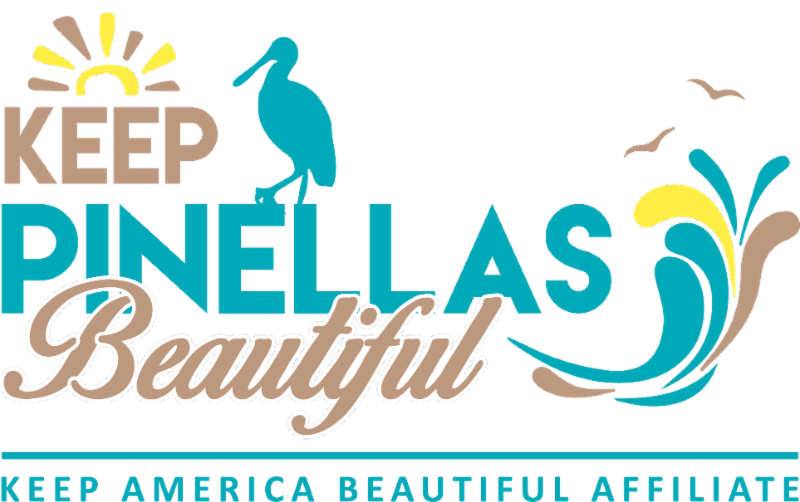Wetlands of Pinellas County
Tomorrow, February 2nd, is World Wetlands Day! This week we celebrate the wetland, a historically misunderstood ecosystem that nonetheless provides Florida with iconic natural habitats. Wetlands can occur on the coast or inland, and they’re defined as an area that’s flooded either perpetually or periodically. They can be saltwater, freshwater, or estuarine, and they support a wide variety of flora and fauna.
A Brief History of Wetlands
Wetlands used to be considered unproductive ecosystems that needed to be drained before humans could develop or farm the land. We now know that wetlands are vital, productive ecosystems that support a variety of species and offer services that humans depend on. As a coastal county, Pinellas is especially dependent on wetland services to mitigate erosion, protect against storm surges, and provide nutrients to the plant and animal species we enjoy seeing in our green spaces.
Favorite Pinellas County Wetlands
Pinellas County is home to too many wetlands to list here. You may live near a local park that contains a small wetland! If you’d like to visit some of the county’s spectacular wetlands, here are a few suggestions:
Brooker Creek Preserve
This beautiful nature preserve in North Pinellas County is made up of forested wetlands and upland habitats like pine flatwoods. Forested wetlands, also known as swamps, feature trees adapted to growing with their roots submerged in water for at least part of the year. According to Pinellas County, Brooker Creek maintains a potable water supply, which illustrates just how necessary these ecosystems are to protecting our water.
A visit to Eagle Lake Park’s westernmost side will show you a restored wetland, which is an area that has suffered human damage and has since been restored via the installation of native wetland plants. Like in many Florida parks, Largo’s Eagle Lake Park features elevated boardwalks which allow visitors to appreciate the beauty of wetland habitats without damaging or interfering with them.
Along the shore of Old Tampa Bay sits Weedon Island Preserve. This St. Petersburg preserve features considerable wetland ecosystems, including walking trails that wind through mangrove swamps. You’ll see the transition from dry upland habitat to estuarine wetland as you walk the trails and climb the Observation Tower.
Sitting at the very southern tip of Pinellas County is Fort De Soto. Situated on a series of small keys, this serene setting boasts a wide array of habitats and the plant and animal species they support. Along Fort De Soto’s seven miles of coastline are several types of wetlands, including mangrove swamps, and almost three miles of beach. Did you know that tidal areas, like the part of the beach between high and low tide, are also considered wetlands?
Another great way to visit wetlands is to paddle through them. Weedon Island and Fort De Soto are two of many beautiful spots to take a kayak or canoe out and see our swamps from a different perspective. We hope you visit a wetland this week in honor of World Wetlands Day, and that you’ve gained a new appreciation and love for these unique and important ecosystems.


